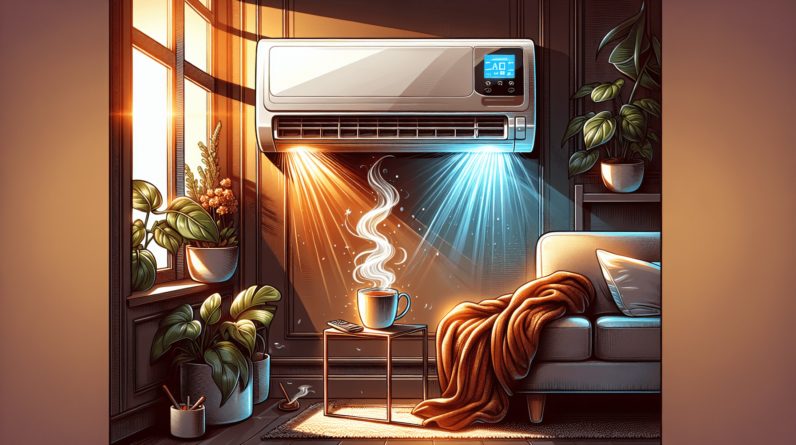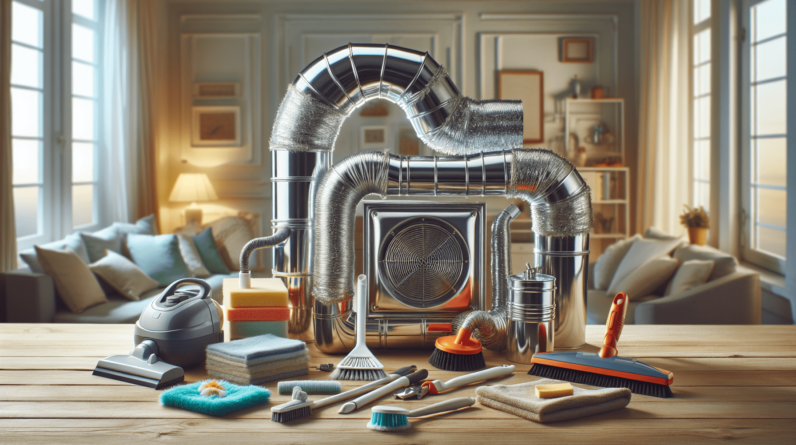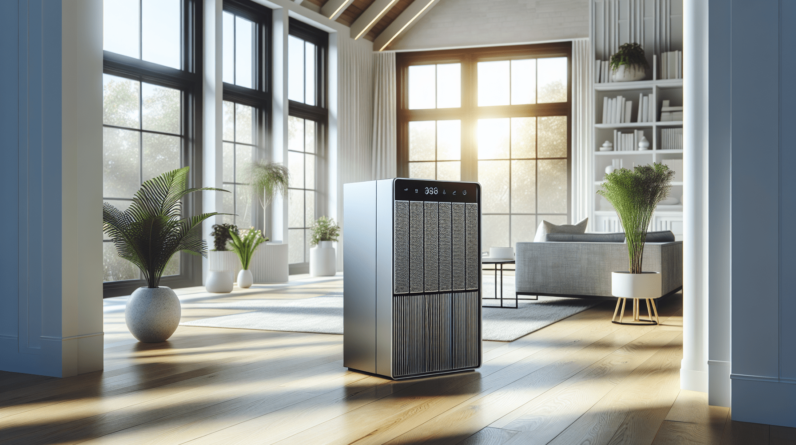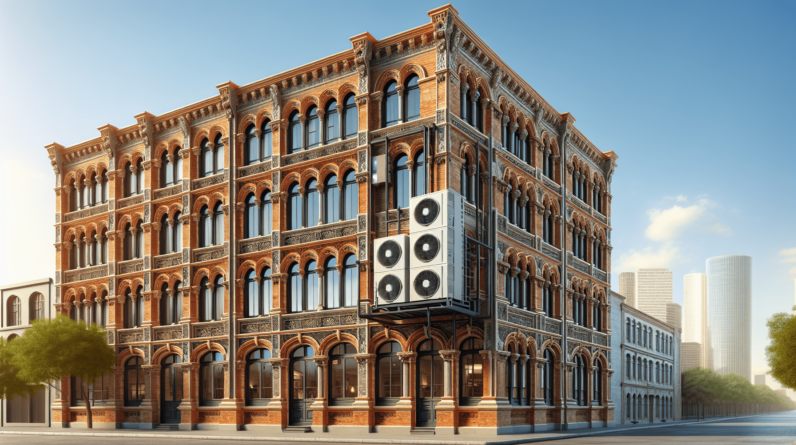

Have you ever considered how convenient it would be to have a single unit to keep your home cool in the summer and warm in the winter? A window air conditioner with heating is a clever solution that offers all-year-round comfort. Let’s delve into the world of these versatile units, helping you understand how they function, their benefits, and what to consider when deciding on one for your space.
Understanding Window Air Conditioners with Heating
When you hear the term “window air conditioner,” you might think of a unit that only cools the air. However, modern designs incorporate heating functions, allowing you to enjoy both cooling and heating from a single appliance. This can be particularly beneficial for regions with extreme temperature variations.
How Do They Work?
So, how exactly do these dual-function units operate? At their core, window air conditioners utilize refrigeration principles. When cooling, they draw in warm air, cool it by passing it over evaporator coils, and then circulate the chilled air back into your room. In heating mode, the process reverses; the unit extracts heat from the outside air—even in colder conditions—and transfers it indoors. This process is known as a heat pump system.
Benefits of Dual-Function Units
You might be wondering why you should opt for a window air conditioner with heating. Here are a few compelling reasons:
-
Cost Efficiency: Instead of investing in separate cooling and heating appliances, a dual-function unit saves you money upfront and on energy bills, as it often uses less energy than conventional heaters.
-
Space-Saving: A window unit takes up much less space than a traditional split heating and air conditioning system. If you’re in an apartment or don’t have much room, this could be the perfect choice.
-
Convenience: With all your heating and cooling needs managed by a single device, your life becomes simpler. No more switching between appliances or fussing with multiple controls.
-
Easy Installation: Window units are relatively straightforward to install compared to central heating and cooling systems, making it an attractive option for renters and homeowners alike.
Key Features to Consider
When shopping for a window air conditioner with heating, keep an eye out for specific features that will enhance your experience.
Energy Efficiency Rating
One of the first things you should look at is the Energy Efficiency Ratio (EER). A higher EER means that the unit is more energy-efficient. This factor can greatly influence your electricity bills, especially if you run the unit frequently.
| EER Rating | Efficiency Level |
|---|---|
| 10 | Good |
| 11-12 | Very Good |
| 13+ | Excellent (recommended) |
Temperature Control Options
Consider how the temperature settings work. Many units come equipped with digital controls, programmable timers, or remote controls that make adjusting settings a breeze. You may prefer features such as sleep mode or an automatic restart function in case of power outages.
Noise Levels
Noise can be a big factor, especially if you plan on using the unit at night or in a quiet environment. Look for models that prioritize quiet operation without sacrificing performance. Manufacturers often provide decibel ratings, which can help you gauge how loud the unit might be.
Air Filters
Air quality is a crucial aspect of any heating and cooling system. Check for window units with washable or replaceable filters. Regular maintenance of the filter will help keep your indoor air clean and reduce allergens.
Size and Capacity
To ensure your unit efficiently heats and cools your space, you’ll want to choose the right size. The unit’s British Thermal Unit (BTU) capacity determines how effectively it can cool or heat a specific area. A general guideline is:
| Room Size (sq ft) | BTU Capacity |
|---|---|
| 100-300 | 5,000 – 8,000 BTU |
| 300-600 | 8,000 – 12,000 BTU |
| 600-1,000 | 12,000 – 18,000 BTU |
| 1,000-1,200 | 18,000 – 24,000 BTU |
Selecting the correct capacity is crucial; an undersized unit will struggle to maintain comfort, while an oversized one will waste energy.

Installation Process
You might be wondering about the installation process. Here’s a quick guide:
-
Choose the Right Location: Select a window that can support the unit and is close to an electrical outlet.
-
Follow the Instructions: Most window units come with a detailed installation manual. It’s essential to follow these guidelines to ensure safety and optimal performance.
-
Seal the Edges: Use insulation strips and weatherproofing materials to seal around the unit’s edges. This prevents unwanted drafts.
-
Secure the Unit: Make sure the window and the air conditioning unit are securely fastened to prevent any accidents.
Safety Considerations
Ensuring safety during installation and use is vital. Here are some tips:
-
Check Electrical Requirements: Ensure your home’s electrical system meets the unit’s requirements.
-
Balance the Unit: The unit should slope slightly towards the outside to allow proper drainage of condensation.
-
Regular Maintenance: Perform routine maintenance checks for electrical components and refrigerant levels.
Maintenance and Care
After investing in a window air conditioner with heating, it’s essential to keep it in good condition. Here are some maintenance tips to extend its lifespan:
Clean or Replace Air Filters
Filters should be checked at least every month and cleaned or replaced when necessary. A clean filter improves efficiency and air quality.
Inspect Coils and Fins
Periodically check the evaporator and condenser coils for dirt or debris, which can impede airflow and heat exchange. Cleaning these components can significantly enhance efficiency.
Maintain Drainage
Ensure the drainage holes are clear. Clogs can lead to water buildup, which can damage the unit and potentially cause mold growth.


Handling Common Issues
While window air conditioners with heating are designed for longevity, you may encounter some problems. Here’s how to troubleshoot a few common issues:
Poor Cooling or Heating
If you notice the unit isn’t cooling or heating effectively:
-
Check the Thermostat: Ensure the thermostat is set correctly.
-
Inspect Filters: Dirty filters can restrict airflow.
Strange Noises
If your unit suddenly begins making odd sounds, it could indicate several things:
-
Loose Components: Check for any loose screws or parts that might need tightening.
-
Debris: Ensure no objects are obstructing the fan.
Water Leaking
Water leakage can occur for various reasons:
-
Clogged Drain: Ensure the drainage channels are clear of debris.
-
Improper Installation: Adjust the unit’s tilt, ensuring it leans slightly away from your home to allow for proper drainage.
Environmental Impact
Considering the environmental effect of your heating and cooling choices is increasingly important. Here’s what to think about:
Energy Consumption
Window air conditioners with heating can vary in their energy consumption. Selecting an energy-efficient model not only helps you save money but also reduces your carbon footprint. Look for units with the ENERGY STAR label.
Refrigerants
The type of refrigerant used in your unit can also impact the environment. Modern units often use R-32 or R-410A, which have a lower global warming potential than older refrigerants like R-22.
Cost Considerations
Understanding the financial aspects of your investment is essential. Here’s a breakdown of potential costs:
Initial Purchase Price
Prices for window air conditioners with heating can range widely based on features and BTU capacity. Generally, you might expect to pay anywhere from $200 to $800 or more.
Installation Costs
While some homeowners choose to DIY, you may want to hire a professional. Installation costs can range from $100 to $300, depending on your location and the complexity of the setup.
Operating Costs
Calculate your expected monthly energy costs based on the unit’s BTU rating and how often you plan to use it. Being aware of your operating expenses will help you budget appropriately.
Conclusion
Investing in a window air conditioner with heating can transform the way you experience comfort in your home. By understanding your options and the features available, you can make an informed choice that fits your needs and lifestyle.
Always keep in mind the benefits of proper maintenance and awareness of energy efficiency. These factors will not only save you money but also provide a pleasant environment throughout the year. With all this information, you’re now equipped to make the best decision for your climate comfort solution. Treat yourself to year-round comfort, and enjoy the convenience that comes with it!






